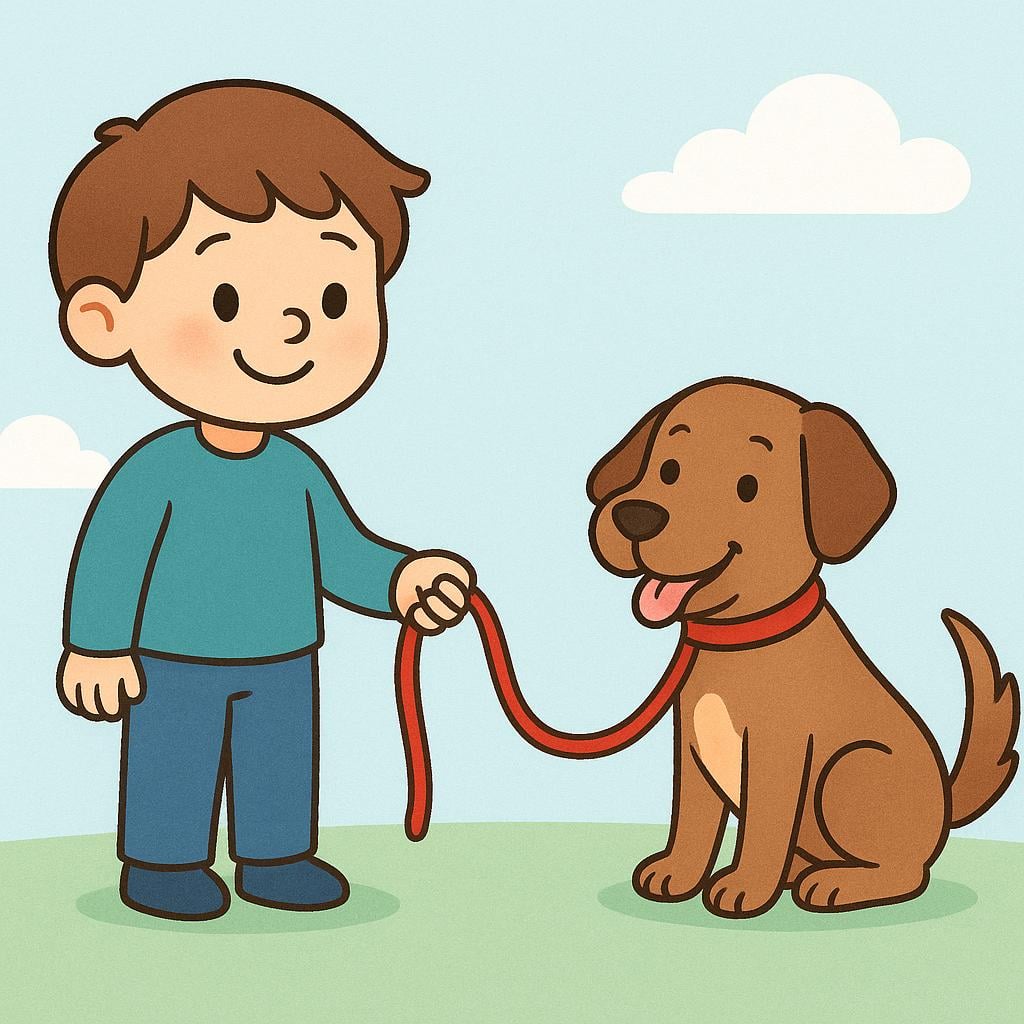
dueño
doo-EH-nyo
📝 In Action
¿Quién es el dueño de este coche rojo?
A1Who is the owner of this red car?
Mi hermano es el dueño de una panadería muy exitosa.
A2My brother is the proprietor of a very successful bakery.
Los dueños del perro deben pagar la multa.
B1The dog's owners must pay the fine.
💡 Grammar Points
Masculine and Feminine Forms
Since 'dueño' refers to a person, it changes gender. If the owner is female, you must use 'dueña'.
Always followed by 'de'
To specify what is owned, use the preposition 'de' (of). Example: 'el dueño del restaurante' (the owner of the restaurant).
❌ Common Pitfalls
Confusing 'dueño' and 'amo'
Mistake: "Using 'amo' for a business owner."
Correction: 'Dueño' is generally used for property or businesses. 'Amo' often specifically refers to a pet owner or an employer/master in older/formal contexts. Stick to 'dueño' for common ownership.
⭐ Usage Tips
Quick Identification
If you need to find who is in charge of a place, use the question: '¿Podemos hablar con el dueño?' (Can we talk to the owner?).
✏️ Quick Practice
💡 Quick Quiz: dueño
Question 1 of 2
If María bought a new house, what would you call her?
📚 More Resources
Frequently Asked Questions
Is 'dueño' only used for people?
Yes, 'dueño' refers exclusively to a person or entity that possesses something. The thing that is owned is called 'propiedad' (property).
How do I say 'self-control' using this word's root?
The concept of 'being the master of oneself' is often expressed using related terms like 'autodominio' or 'control propio'.